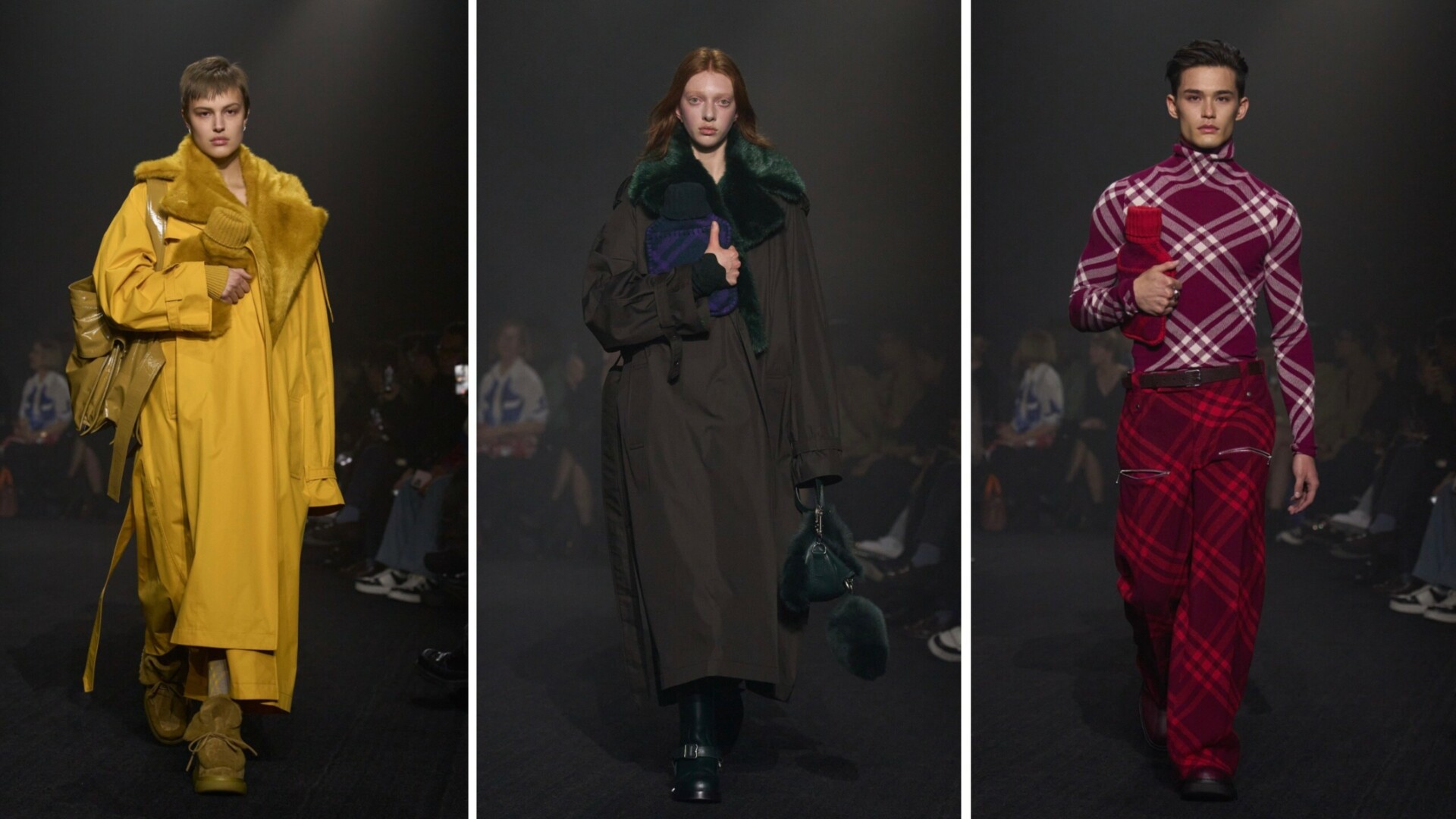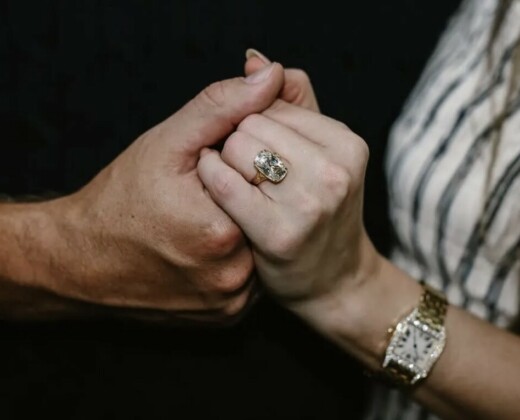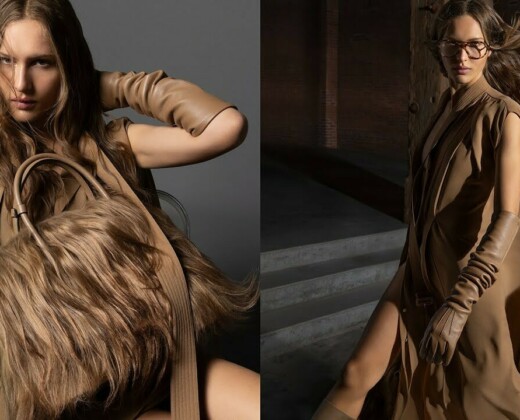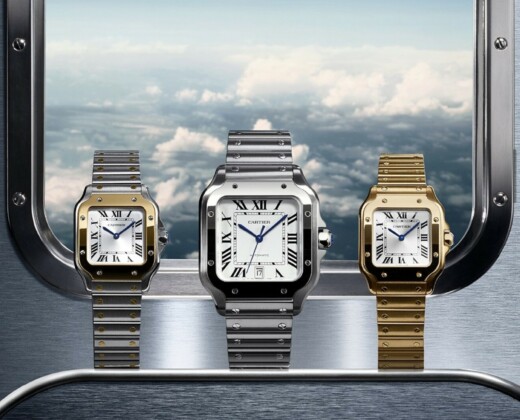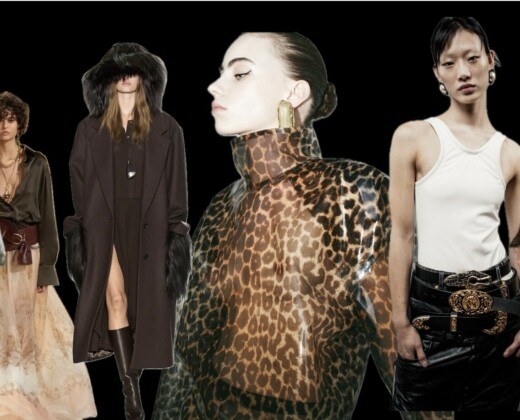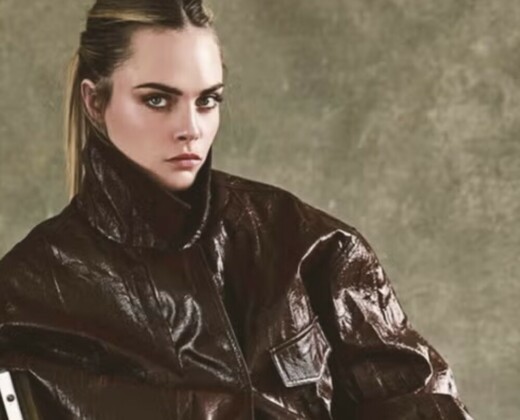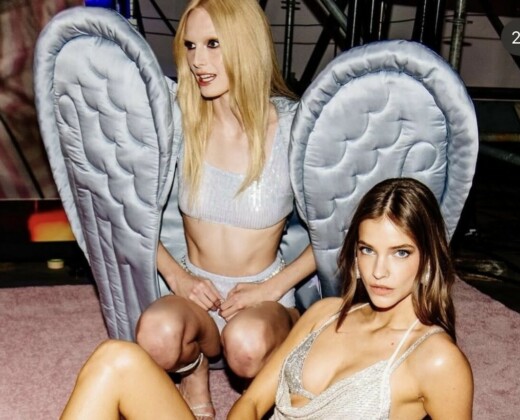First, we saw Pharrell Williams attend the Moncler Genius show in a blanket. Now, Burberry has sent its models down the runway clasping at hot water bottles. While you may be questioning what this all means; we suggest that the signs point to the fashion industry’s latest endeavour, the glamorisation of the current energy crisis.
Pharrell Williams, the newly appointed Creative Director of Louis Vuitton, was one of the biggest names used to promote the Moncler Genius event that took place on Monday night. Pharrell took to the red carpet with a thick khaki blanket wrapped around his shoulders, on its own, this just seems to be a quirky accessory from a fashion-forward individual. Maybe the Hollywood superstar hasn’t adjusted to the British climate? But just half an hour after the Moncler Genius event opened, Burberry’s models began their trip down the runway.
When Burberry declared that they intended to grow their accessories profit by over 50% under Daniel Lee’s creative direction, we don’t think anyone really knew how they were planning on doing that. We assumed that there would be a lot of elaborate accessories, handbags and hats, we never thought that the answer would be hot water bottles. Expanding their accessories towards more domestic items sounds like a simple way to increase this revenue. The viral Versace bathrobes retail for £520 and are extremely popular despite the fact that they are not items that you really get to wear in public; hot water bottles fit into this niche category of luxury accessory.
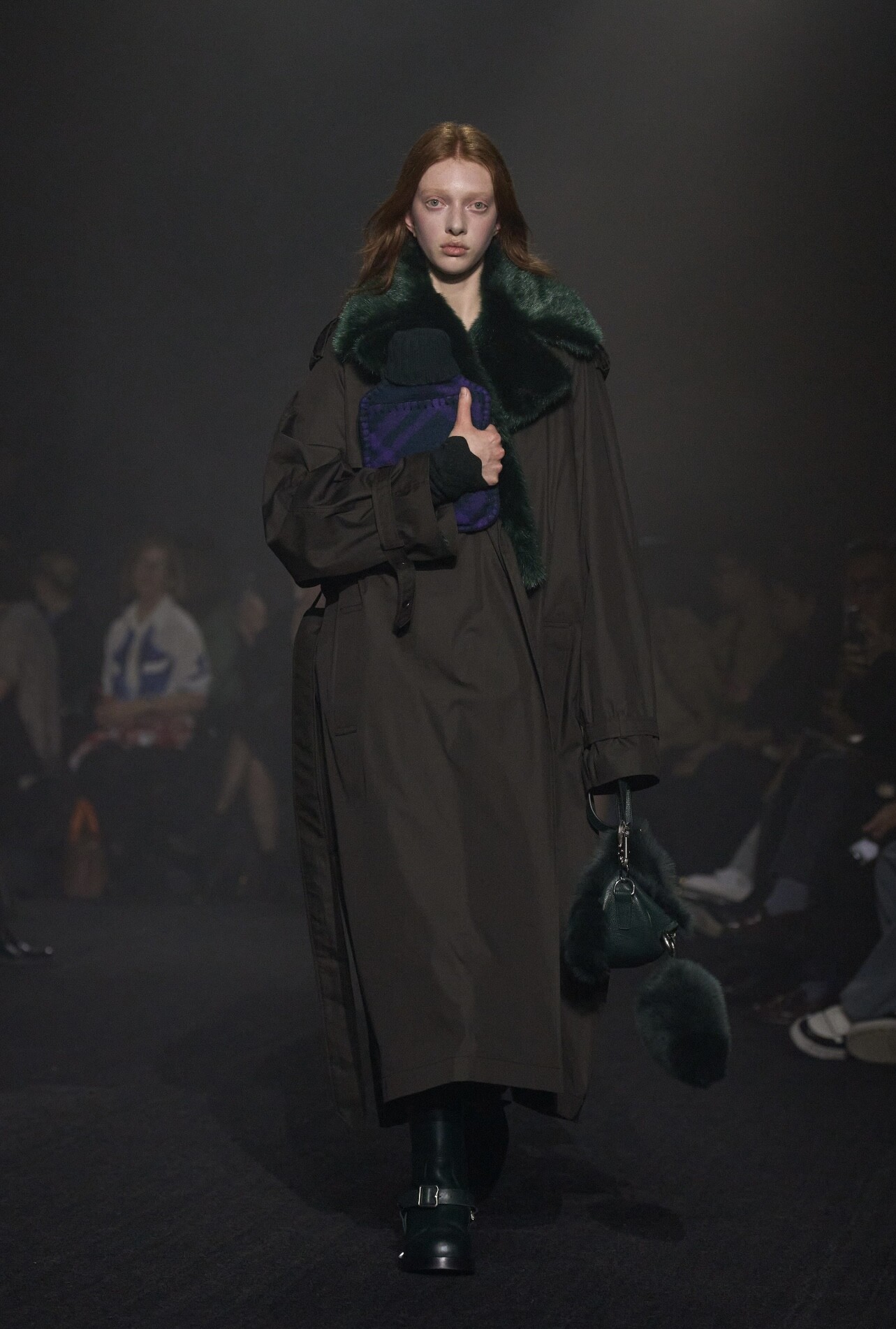

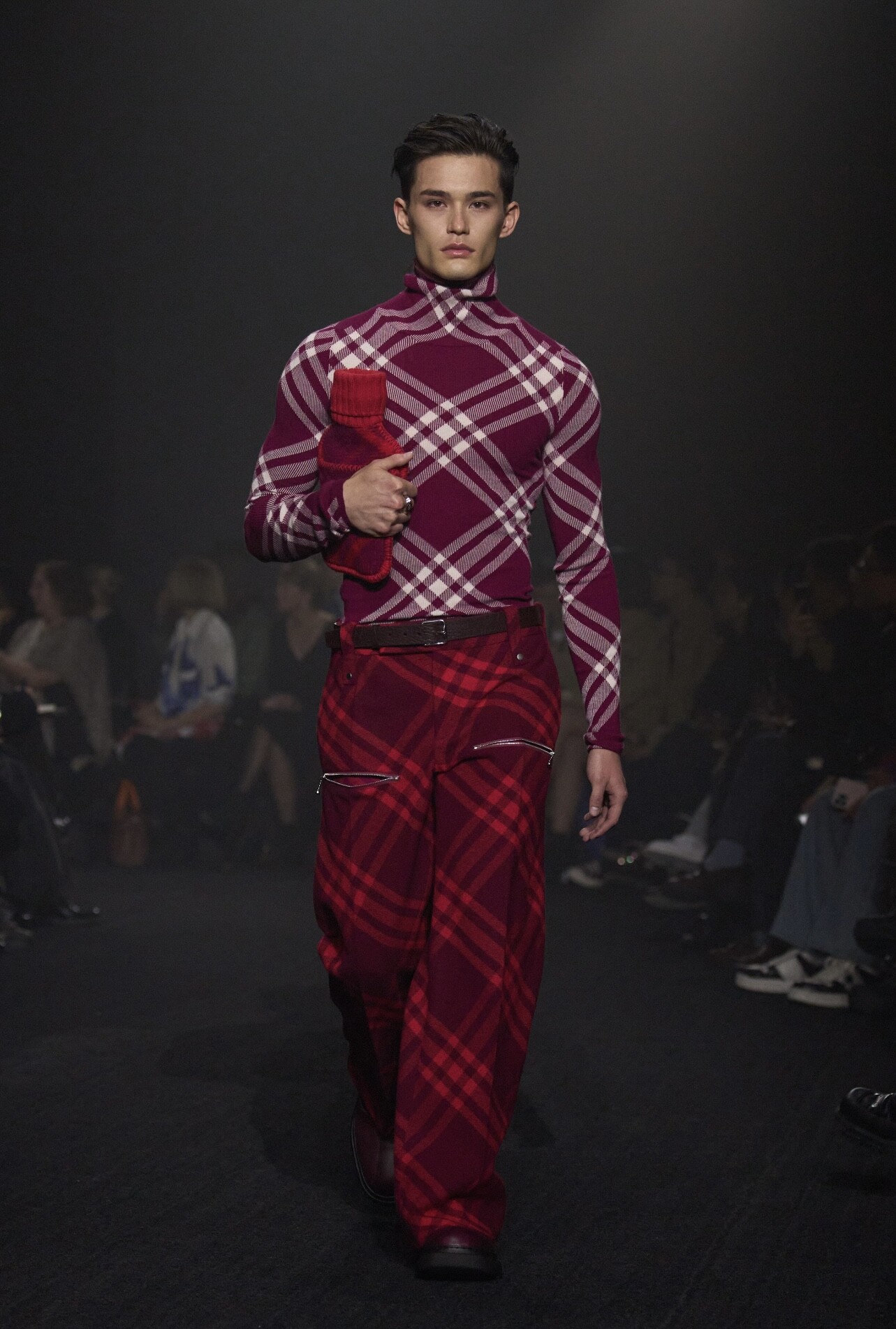

Image Credits: Vogue Runway/ Burberry
However, we cannot help but feel that there is more to this development than meets the eye. Why didn’t this trend of high-fashion domestic accessories hit when everybody was at home during the Covid-19 pandemic? Why now? Well, all signs point to one thing, this is yet another example of fashion glamorising poverty, using indicators of social class as trend items, the rich yet again cosplay as the poor. We are currently in the midst of a cost-of-living crisis, many families have been left unable to heat their homes, hot water bottles and blankets will be how they stay warm during the winter months. But here we have luxury fashion houses presenting this crisis as a ‘trend’ or ‘aesthetic’.
While you could try to put a more positive spin on these events by arguing that this promotes alternative ways of staying warm rather than using up fossil fuels and contributing to the climate crisis, we think we know better than to assume this. We have seen various instances in the past where the fashion industry has latched on to various indicators of social class and turned them into trends; in 2023 its ‘cool’ to be cold.
Words By Amelia Gregory
Header Image By Mia Washbrook


